Disclosure: This article contains affiliate links. We may earn a commission from purchases at no extra cost to you, which helps our travel content.
Standing at the threshold where urban sophistication meets raw wilderness, Salt Lake City has captured my heart in ways I never anticipated. As someone who spends her days immersed in interior spaces, there's something profoundly refreshing about stepping into nature's grand design. The juxtaposition of the city's clean grid against the majestic Wasatch Range creates a harmony that speaks to both my Korean heritage's appreciation for natural balance and my designer's eye for visual contrast. Join me as I guide you through Salt Lake City's mountain trails—a canvas of ever-changing colors and textures that redefines itself with each passing season.
The Wasatch Front: Nature's Masterpiece
The Wasatch Mountains aren't merely a backdrop to Salt Lake City—they're an integral part of its identity, rising dramatically from the valley floor to create what locals affectionately call the Wasatch Front. This mountain range offers a remarkable diversity of trails that would satisfy even the most discerning outdoor enthusiast.
My first encounter with these mountains left me breathless, both literally from the elevation and figuratively from their imposing beauty. The geological textures reminded me of the mountains near my childhood home in Busan, though vastly different in composition. These mountains tell stories through their strata—layers of earth's history exposed like pages of an ancient manuscript.
For solo hikers seeking both challenge and safety, I recommend investing in a reliable satellite messenger. Cell service can be spotty on many trails, and this compact device has given me tremendous peace of mind during solo adventures into the more remote areas. The ability to send messages or call for help from anywhere has allowed me to explore with confidence rather than trepidation.
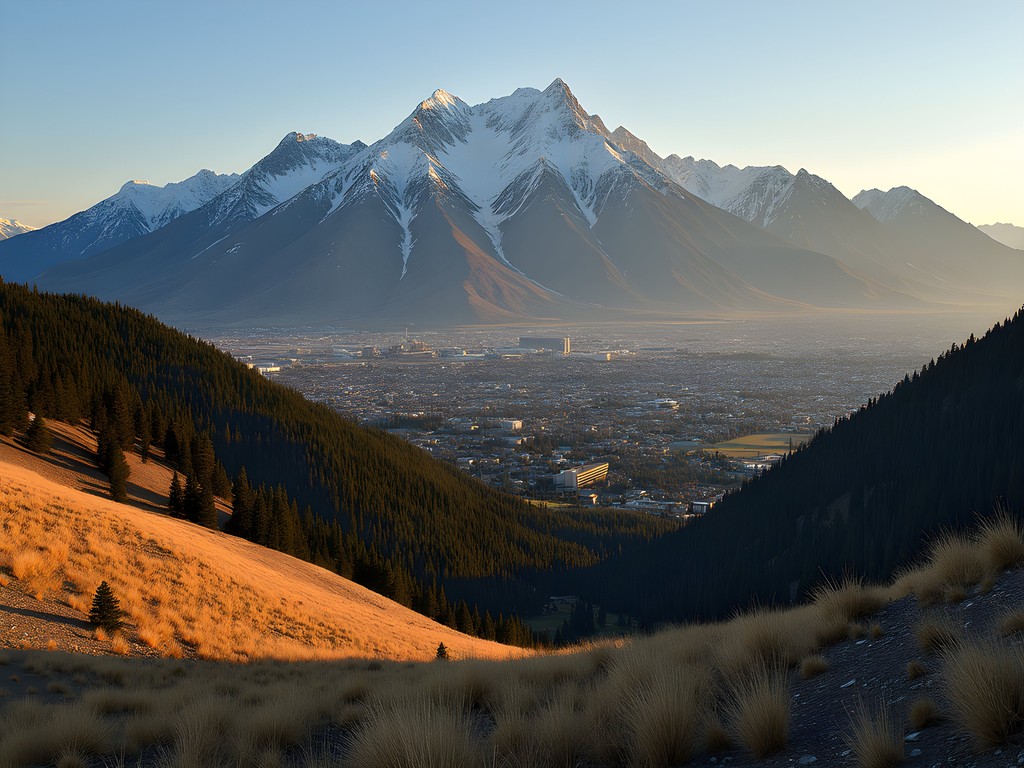
💡 Pro Tips
- Always check trail conditions before heading out, as weather can change rapidly in mountain environments
- Carry more water than you think you'll need—the dry mountain air increases dehydration risk significantly
- Consider hiking poles for steeper trails to reduce impact on knees during descents
Seasonal Symphony: Year-Round Trail Experiences
One of Salt Lake City's greatest gifts is its four distinct seasons, each transforming the mountain trails into entirely different experiences. This seasonal rhythm offers hikers the rare opportunity to develop an intimate relationship with the same paths throughout the year.
Spring (April-June): As snow retreats upward, lower elevation trails burst with wildflowers. The vibrant yellows of arrowleaf balsamroot create golden carpets against emerald backdrops. Spring hiking requires adaptability—I've often encountered mud, lingering snow patches, and the occasional afternoon thunderstorm. Mill Creek Canyon's Pipeline Trail becomes particularly magical during this season.
Summer (July-September): Higher elevations become accessible, opening up alpine lakes and meadows. The Cecret Lake Trail in Alta showcases nature's perfect composition—a small alpine lake cradled by rugged peaks. Summer temperatures can soar in the valley but remain pleasantly cool at higher elevations. I never venture out without my cooling neck gaiter which has been invaluable on exposed trails like those in Grandeur Peak.
Fall (October-November): Perhaps my favorite hiking season, when aspen groves transform into brilliant gold galleries. The contrast of yellow aspens against evergreens creates a natural color palette that would inspire any interior designer. The Donut Falls trail in Big Cottonwood Canyon offers spectacular autumn displays.
Winter (December-March): Many trails transform into snowshoe and microspike territory. The silence of snow-covered landscapes offers a meditative quality unlike any other season. For winter explorations, I rely on my traction cleats which transform ordinary hiking boots into confidence-inspiring winter gear.
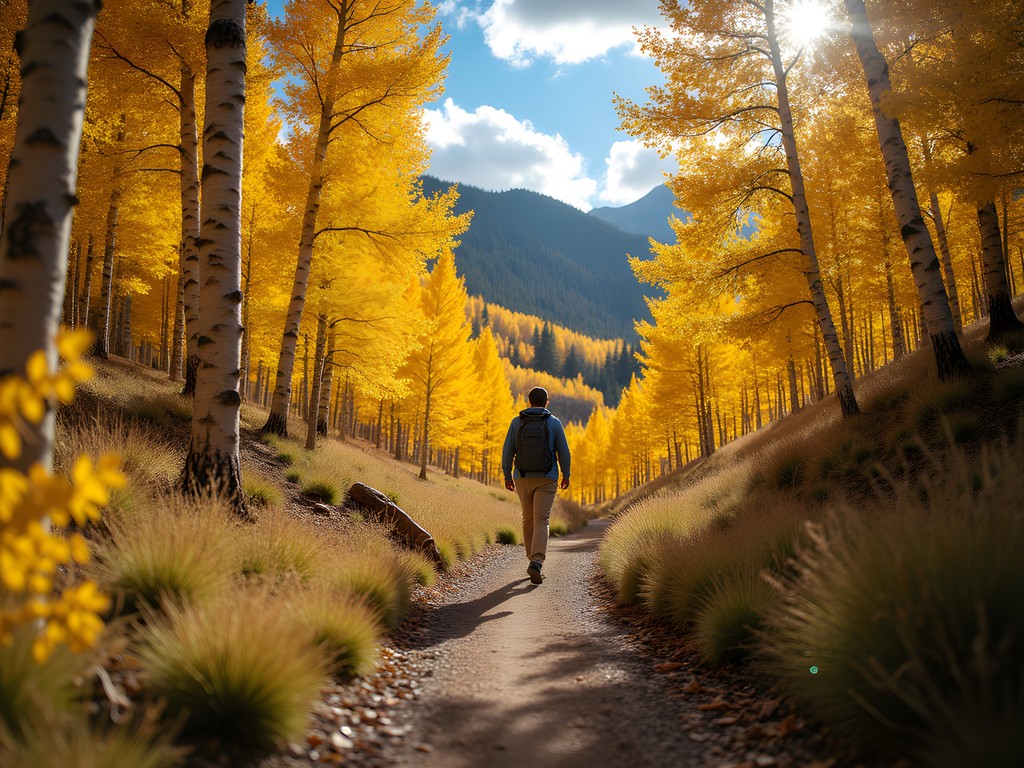
💡 Pro Tips
- Layer clothing regardless of season—mountain weather can change dramatically within hours
- Research seasonal trail closures, particularly in watershed areas that protect Salt Lake City's water supply
- Consider elevation gain when planning seasonal hikes—higher trails may be snow-covered until July
Accessible Adventures: Trails for Every Skill Level
What I appreciate most about Salt Lake City's trail system is its democratic nature—offering experiences for every ability level while maintaining that sense of wilderness immersion.
For Beginners: The Ensign Peak Trail offers perhaps the best effort-to-reward ratio in the city. At just under a mile round-trip with 374 feet of elevation gain, it delivers panoramic views of the entire Salt Lake Valley, Great Salt Lake, and surrounding mountains. The historical significance—early settlers surveyed the valley from this point—adds cultural depth to the experience.
For Intermediate Hikers: The Lake Blanche Trail in Big Cottonwood Canyon (6 miles round-trip, 2,700 feet elevation gain) represents the perfect middle ground. Challenging enough to feel accomplished, yet accessible enough for most reasonably fit hikers. The alpine lake nestled beneath the distinctive Sundial Peak creates a composition worthy of any gallery wall.
For Advanced Adventurers: Mount Olympus (7.5 miles round-trip, 4,100 feet elevation gain) stands as a rite of passage among local hikers. This trail doesn't waste time with switchbacks, instead climbing relentlessly toward the summit. The final scramble requires careful hand placement, but the 360-degree views justify every labored breath.
Regardless of which trail you choose, proper footwear is essential. After trying numerous brands, I've found my hiking boots offer the perfect balance of support, grip, and comfort for Salt Lake's varied terrain. The waterproofing has saved me countless times during stream crossings and unexpected rain showers.
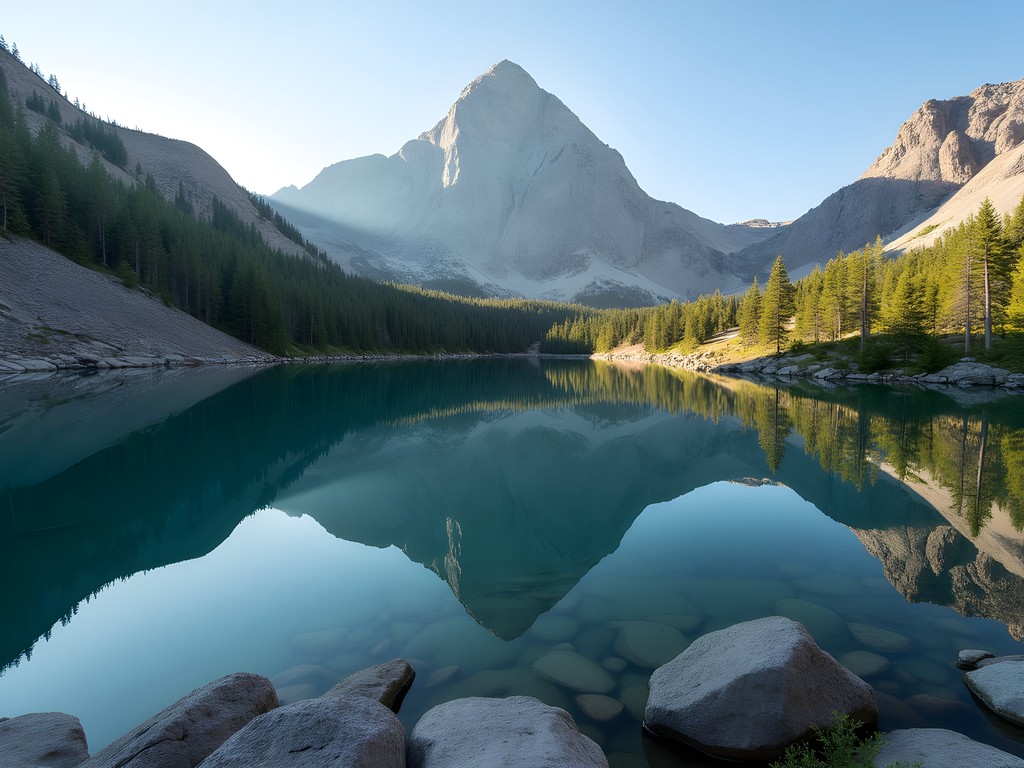
💡 Pro Tips
- Start early to avoid afternoon thunderstorms in summer and crowds on popular trails
- Many trailheads have limited parking—arrive early or use the excellent UTA bus service that connects to several popular hiking areas
- Study trail maps carefully—many trails interconnect, creating opportunities for loop hikes rather than out-and-back routes
Practical Considerations: The Designer's Approach to Hiking
As an interior designer, I approach outdoor adventures with the same attention to detail I bring to my professional projects. Preparation creates the foundation for enjoyable experiences, just as planning precedes beautiful spaces.
Water Management: Salt Lake City's desert climate demands respect. I carry a hydration bladder in my daypack, which encourages consistent sipping through the convenient tube rather than stopping to retrieve water bottles. The dry mountain air dehydrates you faster than you might expect, particularly at higher elevations.
Navigation Tools: While many popular trails are well-marked, I never rely solely on signs. The hiking app has been invaluable for discovering new trails and staying oriented, especially when downloaded maps are available offline. The ability to record tracks and share your location adds an extra layer of safety for solo hikers.
Wildlife Awareness: The mountains surrounding Salt Lake City host diverse wildlife including moose, deer, mountain lions, and black bears. While encounters are rare, awareness is essential. I carry bear spray on more remote trails, not out of fear but preparedness. Most wildlife sightings become cherished memories when approached with appropriate caution and respect.
Cultural Sensitivity: Many trails cross land with significance to indigenous communities, particularly the Ute, Paiute, and Shoshone peoples. Approaching these spaces with reverence honors those who recognized the sacred quality of these mountains long before settlers arrived. This perspective resonates deeply with my own Korean heritage, where mountains have traditionally been viewed as spiritual entities rather than recreational spaces.
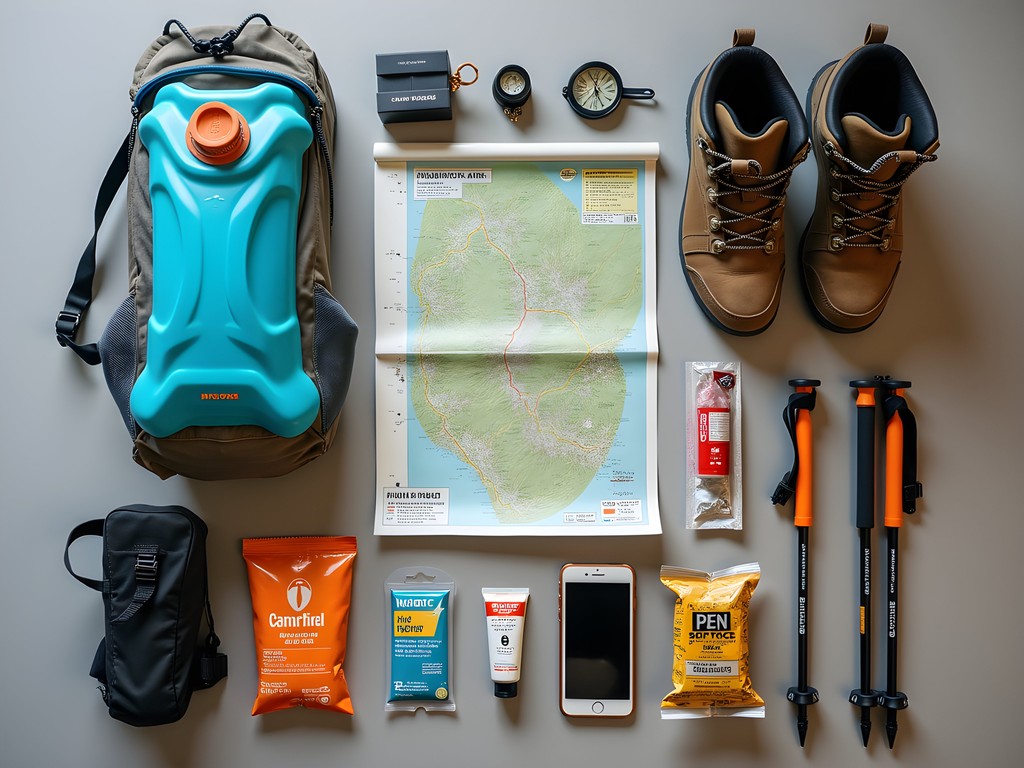
💡 Pro Tips
- Pack essentials including first aid supplies, emergency shelter, and extra food even for short hikes—mountain weather is notoriously unpredictable
- Research trailhead facilities in advance—some have restrooms and water, while others offer no amenities
- Consider trekking poles for stream crossings, which are common on many Salt Lake City trails during spring runoff
Beyond the Trail: Salt Lake City's Mountain Culture
What makes Salt Lake City truly special is how mountain culture permeates every aspect of urban life. The mountains aren't merely recreational spaces—they're integral to the city's identity and rhythm.
After a satisfying hike, I often find myself at travel hammock stretched between trees at Liberty Park, reflecting on the day's adventures while still within view of the mountains that provided them. This portable hammock packs down smaller than a water bottle but creates an instant relaxation space wherever you find suitable trees.
The local cuisine reflects this mountain-valley connection as well. Restaurants like The Copper Onion serve locally-sourced ingredients that tell the story of Utah's diverse ecosystems. The Red Iguana offers Mexican cuisine that somehow feels perfectly at home against a mountain backdrop, especially when enjoyed on their outdoor patio with mountain views.
For those interested in deeper understanding, the Natural History Museum of Utah presents the geological and ecological story of the Wasatch Range through engaging exhibits. The architecture itself—nestled against the foothills—demonstrates thoughtful integration with the natural landscape.
My favorite post-hike ritual combines the Korean tradition of public baths with Salt Lake's mountain culture at The Kura Door, where traditional treatments soothe tired muscles while floor-to-ceiling windows frame mountain views. This harmonious blending of my Korean heritage with Salt Lake's natural beauty creates moments of perfect contentment.
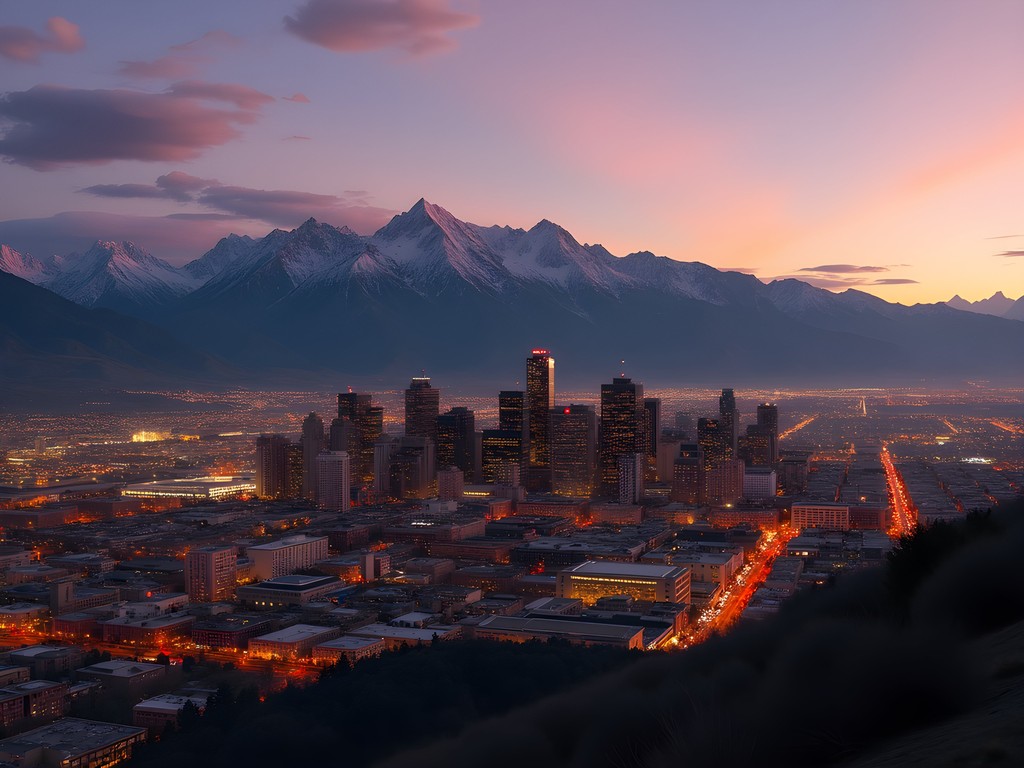
💡 Pro Tips
- Many local breweries create seasonal beers named after favorite hiking trails—try them for a taste of local mountain culture
- The University of Utah offers excellent public lectures on local ecology and geology throughout the year
- Local gear shops like Black Diamond and REI often host community events connecting outdoor enthusiasts
Final Thoughts
Salt Lake City's mountain trails have taught me that true design doesn't require human intervention—sometimes nature creates the most perfect compositions. As someone who spends her professional life crafting interior environments, I find profound inspiration in these wild spaces where beauty emerges organically through geological processes and ecological relationships.
Whether you're seeking solitude on a remote peak, challenging yourself on steep ascents, or simply wanting to witness the changing seasons from an elevated perspective, Salt Lake City's mountains offer experiences that remain with you long after you've descended to the valley below. Like the most thoughtfully designed spaces, these trails create emotional responses—awe, peace, exhilaration—that transcend their physical attributes.
I encourage you to approach these mountains with both respect and wonder. Prepare thoroughly, tread lightly, and allow yourself to be fully present in these magnificent landscapes. The mountains of Salt Lake City aren't merely a destination but a relationship—one that deepens with each visit and changes subtly with every season. Sanhaeng-eul bibnida—I wish you happy trails and meaningful journeys in this remarkable corner of the world.
✨ Key Takeaways
- Salt Lake City offers year-round hiking opportunities with each season providing distinct experiences
- Trails exist for all skill levels, from easy viewpoint hikes to challenging summit adventures
- Proper preparation is essential given the variable mountain weather and relatively dry conditions
- The mountains inform every aspect of Salt Lake City culture, from cuisine to architecture
- These trails offer more than recreation—they provide connection to natural processes and personal reflection
📋 Practical Information
Best Time to Visit
Year-round, with each season offering unique experiences. May-October provides most accessible conditions for a wide range of trails.
Budget Estimate
$100-200/day including accommodations, food, and transportation
Recommended Duration
5-7 days to experience diverse trails and areas
Difficulty Level
Varies From Easy To Challenging, With Options For All Skill Levels
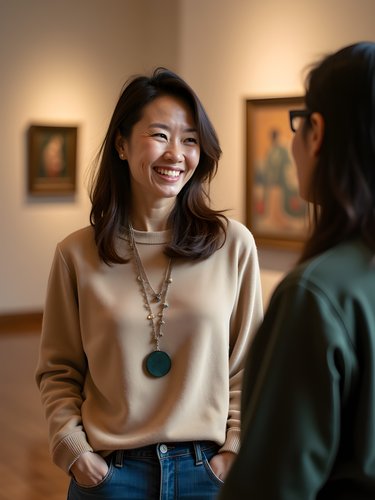

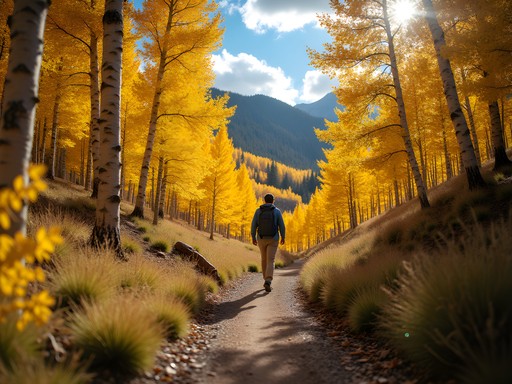
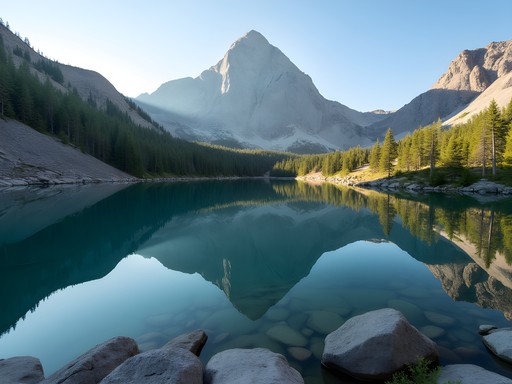
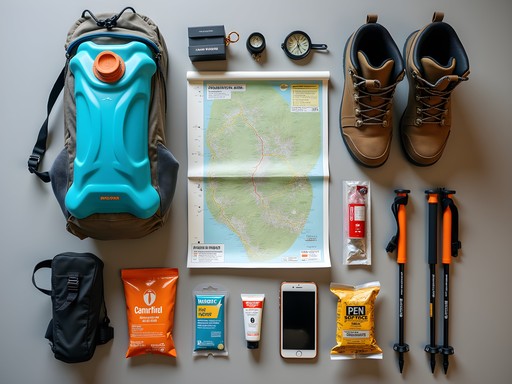
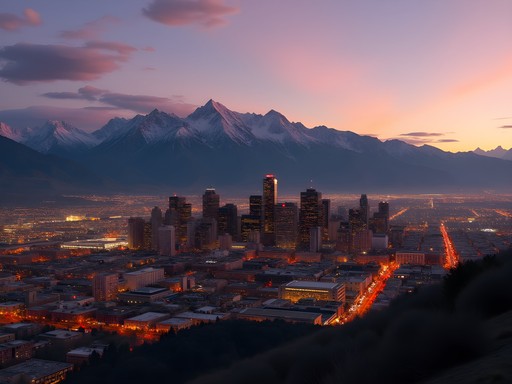



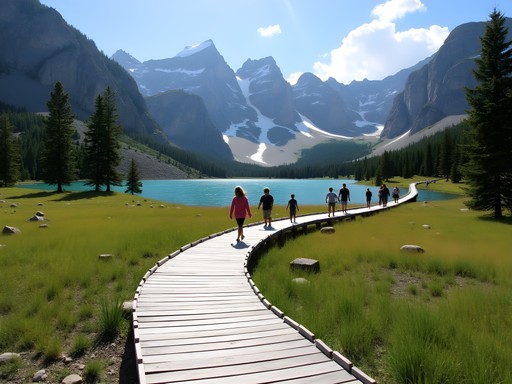






Comments
globelegend
Those winter trail photos are stunning! Is snowshoeing hard to learn?
happyexplorer
Super easy! If you can walk, you can snowshoe. Just takes a bit more energy. Most outdoor shops in SLC rent equipment too.
nomadgal
Just got back from SLC last week and your post captures it perfectly! I was surprised by how close the trails are to downtown. We stayed at a hotel on West Temple and were on mountain trails within 15 minutes each morning. The temperature difference between the valley and higher elevations was dramatic though - needed layers even in August! The locals we met were super friendly and gave us great recommendations for post-hike food spots too.
mountainchamp
YES!! Salt Lake trails are INCREDIBLE! Been hiking there for years and still haven't hit all the trails. The Wasatch has everything - alpine lakes, ridgeline traverses, forest canopies, meadows... it's a playground! Pro tip: download the AllTrails maps before you go because cell service can be spotty on some trails. And ALWAYS bring more water than you think you need - the elevation and dry air will get you!
Douglas Bradley
What I find most compelling about Salt Lake City's trail system is how it reflects the cultural history of the region. The Mormon pioneers who settled the area had a profound respect for the mountains, seeing them as both physical and spiritual landmarks. This has translated into remarkable trail preservation efforts. During my research visit last month, I was impressed by how the trail system balances accessibility with wilderness preservation. Priya, your section on 'Practical Considerations' resonates with my own observations about the thoughtful trail design. One aspect I would add is the historical context of many trails - some follow paths established by indigenous peoples and early settlers. For those interested in the cultural dimensions of hiking here, the visitor centers offer excellent contextual maps that highlight points of historical significance along many routes.
journeybackpacker
Any recommendations for beginner-friendly trails with good views?
nomadgal
Try Ensign Peak! Short but sweet with amazing city views. Only about 1 mile round trip but you get the panorama of the whole valley. Perfect for beginners!
Casey Andersson
I absolutely adore how you've captured the essence of Salt Lake City's duality, Priya! Last month, I treated myself to a week at a boutique hotel downtown and spent my days alternating between city exploration and trail adventures. The accessibility is what makes SLC truly special - having breakfast at a chic café and then standing on a mountain summit by mid-morning feels like a luxury few cities can offer. I particularly loved how you broke down the seasonal experiences. The wildflower meadows in summer were a highlight for me - I have hundreds of photos I'm still sorting through for my own blog! One tip for anyone planning a visit: the local shuttle services to trailheads are excellent if you don't want to rent a car. I used my hiking poles extensively on the steeper descents and they were absolute lifesavers.
journeybackpacker
Which shuttle services did you use? Planning a trip without a rental car.
Casey Andersson
The UTA ski buses run year-round to many trailheads! Super affordable and they run frequently. Check the schedule on the UTA website before you go.
greenninja3843
OMG those views are incredible!! Adding this to my bucket list right now!
happyexplorer
Great post, Priya! I hiked the Wasatch Front trails last fall and the colors were absolutely stunning. The mix of red maples and golden aspens against those rocky backdrops was unreal. I found that starting early (like 7am) helped avoid both crowds and afternoon thunderstorms. Did you have a favorite trail among the ones you explored? I'm planning to return this winter to try some of the snowshoe routes you mentioned.
mountainchamp
Fall hiking there is THE BEST! Did you try Bells Canyon? That's my go-to for fall colors.
Savannah Walker
Priya, your perspective as an interior designer looking at nature's design is so refreshing! I spent a week in SLC last fall and completely agree about the Wasatch Front being nature's masterpiece. The fall colors on the Donut Falls trail were absolutely stunning - like walking through a painting. For anyone planning a visit, I'd add that the free shuttle service to some trailheads in the canyons during peak seasons is a game-changer. No parking stress! Also, the temperature difference between downtown and the higher elevation trails caught me off guard - it can be 15°F cooler up there. One hidden gem I discovered was the Bonneville Shoreline Trail - perfect for sunrise hikes with city views. Has anyone else explored the southern sections of it?
winterking4930
Yes to Bonneville! The section near the University is my favorite morning run when I'm in town. Great tip about the shuttles too!
sunnyblogger
Great post! How crowded do these trails get on summer weekends? Thinking of visiting in July but prefer quieter hikes.
starguide
July gets busy, especially near downtown. Try the trails in Big Cottonwood Canyon for a bit more solitude, or hike early morning!
Venture X
Premium card with 2X miles, $300 travel credit, Priority Pass